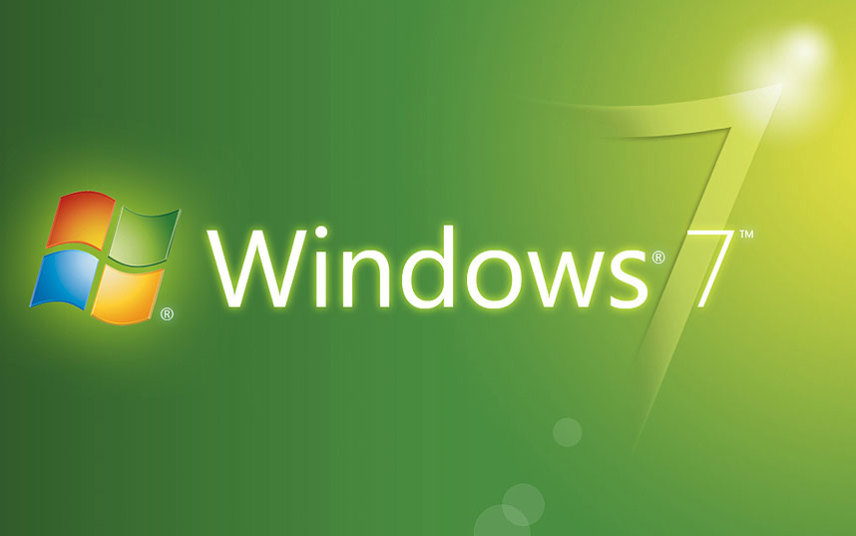Published on the 27/10/2009 | Written by Newsdesk

Australian survey finds waiting for Service Pack 1 is a thing of the past but uncertainty remains regarding deployment strategy…
A survey of 192 Australian CIOs and IT managers by technology company Data#3 has found that while they have a good grasp of the features and benefits of Windows 7, they remain uncertain when it comes to how to best deploy the software, whether corporate applications will be compatible, and how to reduce the impact on end users during the migration process.
“One of the major deployment challenges posed by Windows Vista was application compatibility as some key corporate applications were incompatible on release,” says Data#3’s Microsoft services practice manager Scott Gosling.
“These challenges were widely reported and are still fresh in many CIO’s minds. New approaches are available with the release of Windows 7 to address application compatibility challenges for corporate applications.”
Respondents to the survey also wanted to draw on the experiences of others – suggesting that Australian organisations want to reduce risk, and see some runs on the board before pursuing their own deployment.
According to survey findings, the idea of waiting for Service Pack 1 seems to be a thing of the past. 67% of enterprise customers (1000+ seats) and 83% of mid-market customers (100-1000 seats) stated that they are considering deployment of Windows 7 within the next 12 months.
“It is evident that there exists a real conviction to change the experience provided to end users. The stability of the beta and release candidate builds of Windows 7 also gave comfort that Windows 7 was on the right path for enterprise deployment. They were remarkably stable, and were considered by many analysts to be production ready in their own right,” says Gosling.
The final stumbling block for some CIOs and IT Managers to move to Windows 7 seems to be the business case. As one respondent put it: “Why do I need to move from Windows XP?”
“Windows XP is now an eight year old operating system, developed when dialup internet access was still the norm, and 1GB of RAM was just a dream for many. Windows 7 is built to be more secure in today’s ‘always online’ environment, and ships in both 32-bit and 64-bit editions so that the large amounts of memory being supplied in today’s hardware can be fully exploited,” says Gosling.
He says Windows 7 is also faster to start-up and shutdown than its predecessors, can reduce power consumption and is easier for IT shops to manage remotely.
“Ultimately, Windows 7 is the sum of these, and many other small improvements that make a big difference in the day-to-day world of the modern information worker.”



























